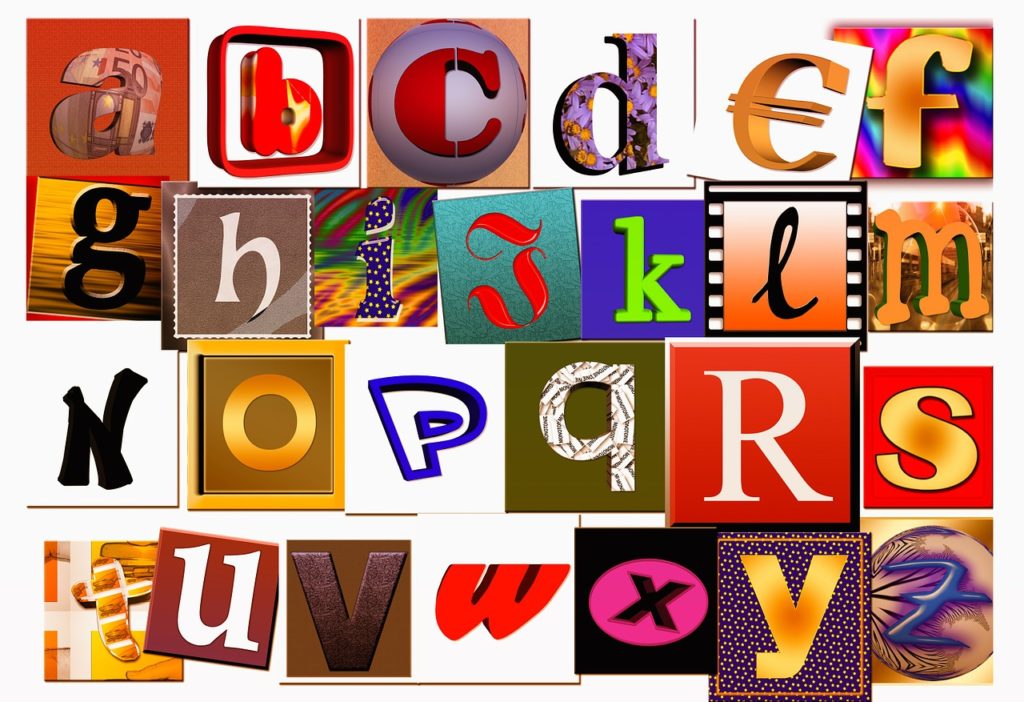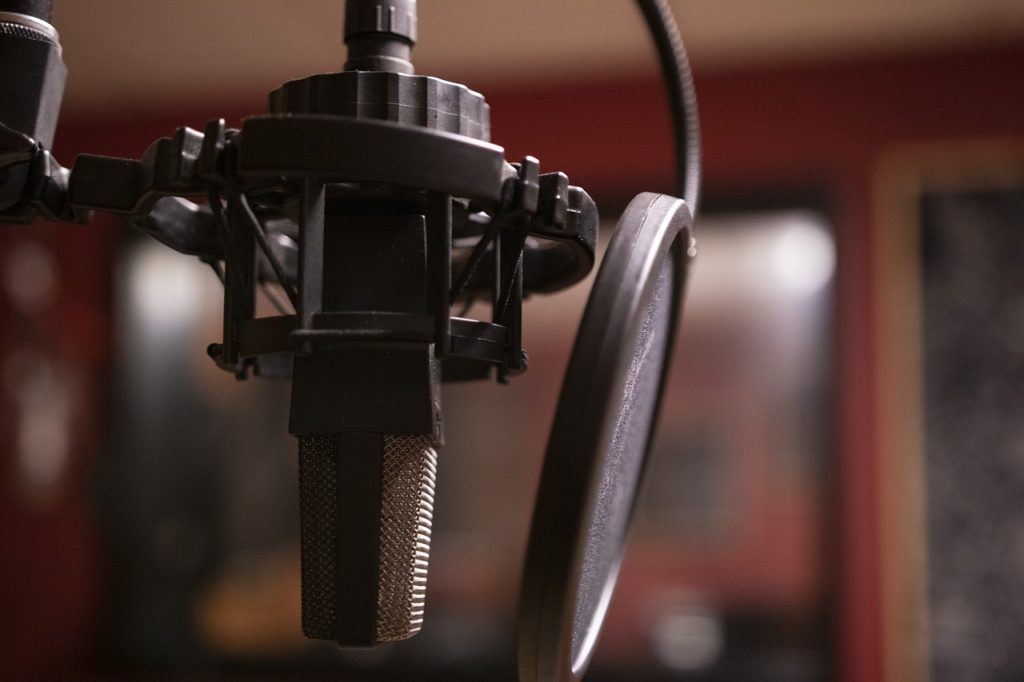Estimated reading time 5 minutes
Table of Contents
Introduction
Do you need to know how to accurately sing consonants? Do you want people to be able to understand your song lyrics as you sing? Diction is the study of how to accurately sing lyrics. Vowels are critical for your tone and your tuning. However, you need to also pay attention to your consonants, or no one will understand what you’re singing. Keep reading Learn the Secret of How to Sing Consonants to find out what they are and how to sing them.
This article uses musical terms. For definitions, see the Glossary at the end of the post.

How to Sing Consonants #1: What Are They?
What are consonants?
- In English, the vowels are the letters A E I O U (and sometimes Y).
- The consonants are all the other letters: B C D F G H J K L M N P Q R S T V W X Y Z.
- Except for H, all the consonants restrict the vocal air flow in some way.

How to Sing Consonants #2: Why Do They Matter in Singing?
Why should you care about consonants when singing?
- They matter because they separate your vowels, making your lyrics intelligible.
- Pop lyrics are notoriously hard to understand.
- Why? Because American and English pop singers have notoriously bad vocal diction.
Here are three of the most misheard pop song lyrics.
The Police – Every Breath You Take:
- “How my poor heart aches” (original)
- “I’m a pool hall ace” (misheard)
The Monkees – I’m a Believer:
- “Then I saw her face now I’m a believer” (original)
- “Then I saw her face now I’m gonna leave her” (misheard)
Elton John – Tiny Dancer:
- “Hold me closer tiny dancer” (original)
- “Hold me closer Tony Danza” (misheard)
Keep reading to find out the secret of singing clearly.

How to Sing Consonants #3: How Do You Sing Them?
Awareness is the secret for learning to produce good vocal consonants:
- The point of learning how each consonant is produced is not about attempting to stiffly follow each of the directions below. If you do that, your consonants will feel unnatural.
- Rather, you need to use the descriptions to help you observe where your lips, teeth, and tongue are.
- Once you are aware of the “controls,” you can then adjust the sound of your consonants, boosting your intelligibility.
According to John Moriarty, in the book Diction, English contains five basic types of consonants:
- Plosives
- Fricatives
- Nasals
- Laterals
- Affricatives
The consonants are classed by how the sound is produced.
Plosives
Plosives are the consonants P, B, D, T, K, and G:
- B, G, and D are voiced, meaning that the vocal cords vibrate as you sing these plosives.
- P, K, and T are unvoiced, meaning that the vocal cords don’t vibrate as you sing these plosives
- You produce B and P by holding your lips closed then releasing the air in a burst of sound.
- Likewise, before exploding the sound, D and T will block the air stream with the front of the tongue touching the front of the roof of your mouth.
- Finally, G and K will block the air stream with the back of the tongue by touching the back of the hard pallet before releasing the air. (Hard C sounds the same as K.)
Fricatives
Fricatives are the consonants V, F, Sh, and Zh (e.g., Asia):
- F and Sh are unvoiced and V and Zh are voiced.
- You produce V and F by touching your upper front teeth to your lower lip. As you blow air through your teeth, F gives you a hissing sound. (Ph sounds the same as F.)
- To make Sh and Zh, pucker your lips a bit and pull back your tongue from your teeth.
Nasals
Nasals are the consonants M, N, Ng (e.g., ring), and Nk (e.g., plank):
- All the sounds in this section are voiced. Moreover, M and N are rare consonants because you can sing them on a sustained tone.
- To make M, keep your lips closed and hum through your nose.
- To make N, touch your tongue to the front of the roof of your mouth and upper teeth while humming through your nose.
- To make Nk, combine the nasal N with the plosive K.
- To make Ng, combine the nasal N with the plosive G.
Laterals
Laterals are the consonants L and R:
- To produce L, start with N. They both have the tongue in a similar position and both consonants are voiced.
- With N the tongue blocks the sound from exiting your mouth, forcing all the air toward your nose.
- With L the front of the tongue touches the roof of your mouth near your upper front teeth. However, the back of your tongue is lower than N, allowing air to escape through your mouth.
Even though R is classed with the consonants, it’s actually a very closed vowel which needs special singing techniques if you want it to sound good. For more information:
Affricatives
Affricatives are the consonants J, soft G, and Ch:
- To get J and soft G, combine the D and Zh sounds.
- To get Ch, have your lips rounded with the tip of your tongue touching the roof of your mouth near your upper front teeth.
- Then, your jaw will rise slightly as you release the air from behind your tongue.
Leftover Letters
By now you may have noticed that we have some leftover letters to deal with – H Q S W X Y Z as well as Th:
- To produce H, round your lips and gently breathe out, making a light hissing sound.
- S is unvoiced and Z is voiced. You make these sounds by partially blocking the air stream as you position your tongue just behind your teeth while hovering it halfway between your jaw and the roof of your mouth. (Soft C has the same sound as S.)
- Th can be unvoiced (e.g., thin) or voiced (e.g., the). To produce Th, touch the front of your tongue to your teeth, mostly closing the air passageway. Then, you force air around your tongue, making a hissing sound.
- X combines S with K.
- W is a diphthong that combines the vowels Oo and Uh.
- Y is another diphthong that combines the vowels Ee and Uh.
- By itself Q sounds the same as K. However, in English Q usually combines with U, which sounds the same as W.
To learn more about singing vowels:
Video: How to Sing Consonants with Style
Final Thoughts
How much you’ll emphasize your consonants will depend on whether you’re recording or performing live:
- Classical and musical theater vocalists need good diction.
- Why? Since both types of singers perform on stage, often without sound reinforcement, they need to have the audience members in the back row understand what they’re singing.
- However, if you overdo your consonants on a recording, it can make your singing sound unnatural. Therefore, in this situation you need to find a balance between intelligibility and performance considerations (see the video above).
Have fun singing!
Related Posts:
- Vocal Exercises with Harmony
- 10 Elements that Impact Singing in Tune
- Ear Training Exercises for Harmonizing in Tune
© 2025 Geoffrey Keith
Glossary
Should I Learn to Play the Piano One Hand at a Time or Simultaneously?
Have you ever asked yourself, “Should I learn to play the piano one hand at a time or simultaneously?” The answer might surprise you. Click to find out the practice strategies used by the most effective practicers. Estimated reading time 4 minutes.
Read More10 Elements that Impact Singing in Tune
Are you passionate about singing? Do you have a hard time singing or playing in tune? Learn the 10 Elements that Impact Singing in Tune. Estimated reading time 14 minutes.
Read MoreWhat is Required of Me to Write a Good Song if I Have No Experience with Songwriting?
Do you want to write songs, but don’t know where to start? To write a song, you need both imagination and the skill to put your imagination to work. If you see pictures in the clouds and have words and melodies pop into your head, songwriting will be well suited to your abilities. Click to answer the question, “What is required of me to write a good song if I have no experience with songwriting?” Estimated reading time 3 minutes.
Read MoreHow to Tune Your Incredibly Cool Microtonal Keyboard
Do you want to know how to tune your microtonal keyboard so that your chords sound incredibly cool? The term microtonal covers a lot of different types of tuning systems. Some which will sound like a cappella music, and others which will sound exotic and otherworldly. Keep reading “How to Tune Your Incredibly Cool Microtonal Keyboard” to learn how to have beautiful sounding harmonies. Estimated reading time 5 minutes.
Read More




